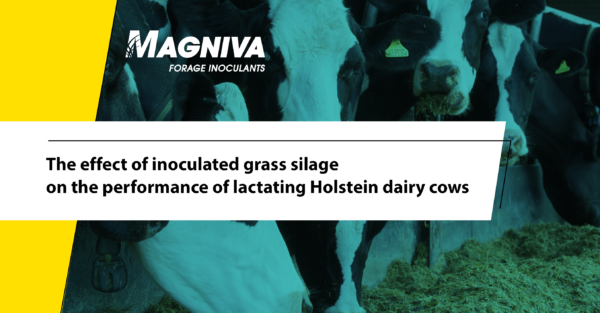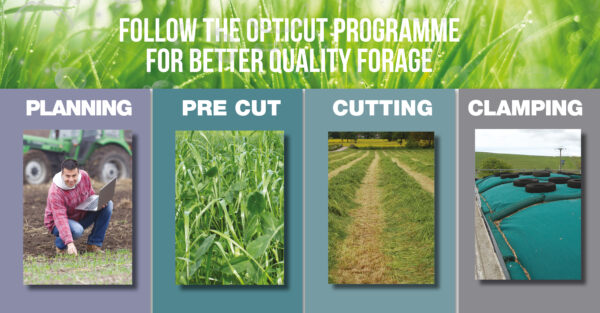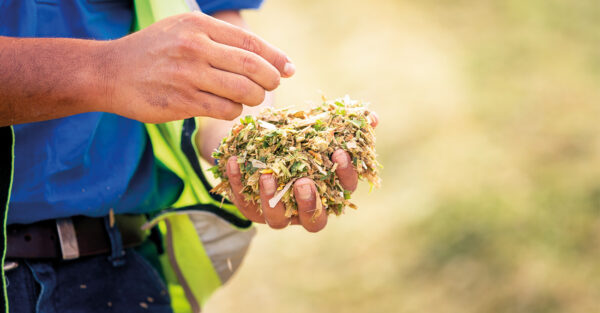Blog | Reading Time 2 minutes
Focus on microbiota in maize silage to reduce mycotoxin risk
Manage microbial populations in the crop by using the right inoculant in your maize silage.

Lientjie Colahan, technical sales support at Lallemand Animal Nutrition, says taking steps to manage microbiota in the crop will reduce the potential for costly mycotoxin problems at feed-out.
“Maize can be a particularly challenging silage crop as it’s susceptible to the growth of mycotoxin-producing moulds and spoilage yeasts,” adds Mrs Colahan.
Failure to address this will lead to problems with silage quality, palatability, and overall herd health.
Using a maize-specific inoculant reduced silage heating
She says a trial at Lallemand’s Forage Centre of Excellence in the USA highlights the benefits of using a crop-specific inoculant to control microbial populations in maize silage.
The trial involved a crop of maize silage that had been harvested 95 days after sowing at a chop length of 12.7mm and an average dry matter (DM) content of 38.3%.
The silage, which was stored in AgBags, was split into two batches – one was untreated, and the other was treated with a crop-specific inoculant containing the bacteria strains Lactobacillus hilgardii CNCM I-4785 and Lactobacillus buchneri NCIMB 40788.
After 129 days of fermentation, the aerobic stability of both batches was measured during the 10 days after opening, alongside full chemical analysis and DNA sequencing of the crops every 24 hours during this 10-day period.
Mrs Colahan says results show treatment with the inoculant reduced heating by maintaining a low pH and high lactic acid concentration in the silage.
The control batch started to heat after four days of being opened (a decent stability, and higher than you would normally see on-farm) and the temperature had increased significantly by day six, however the treated silage stayed stable for eight days after opening,” she adds.
Maize-specific inoculant controlled silage pH and mycotoxins
Similarly, there was a significant increase in the pH level of the control batch from 3.87 to 5.47, while the pH of the treated silage remained relatively stable at between 3.97 and 4.1.
Concentrations of lactic acid, which is key to preserving silage, decreased dramatically in the control silage from 34.4 to 5.2g/kg DM, however they remained relatively constant in the treated silage at between 22.6 and 26.4g/kg DM.
There was also a large increase in undesirable spore-forming bacteria and mycotoxins in the control batch, when compared to the batch treated with the inoculant,” adds Mrs Colahan.
She says the ability of the inoculant to stabilise the silage’s pH after aerobic exposure not only results in less spoilage, but also more retained nutrients and better-quality silage.
The reduction in yeasts and moulds in the silage due to the use of the inoculant also reduces the risk of mycotoxin production,” adds Mrs Colahan.
As the trial has shown, the use of an inoculant can help ensure farmers have more and better quality silage to feed their cattle, which will help improve on-farm profitability and maintain herd health.
Published Aug 31, 2023 | Updated Sep 7, 2023
Related articles
Need specific information?
Talk to an expert


